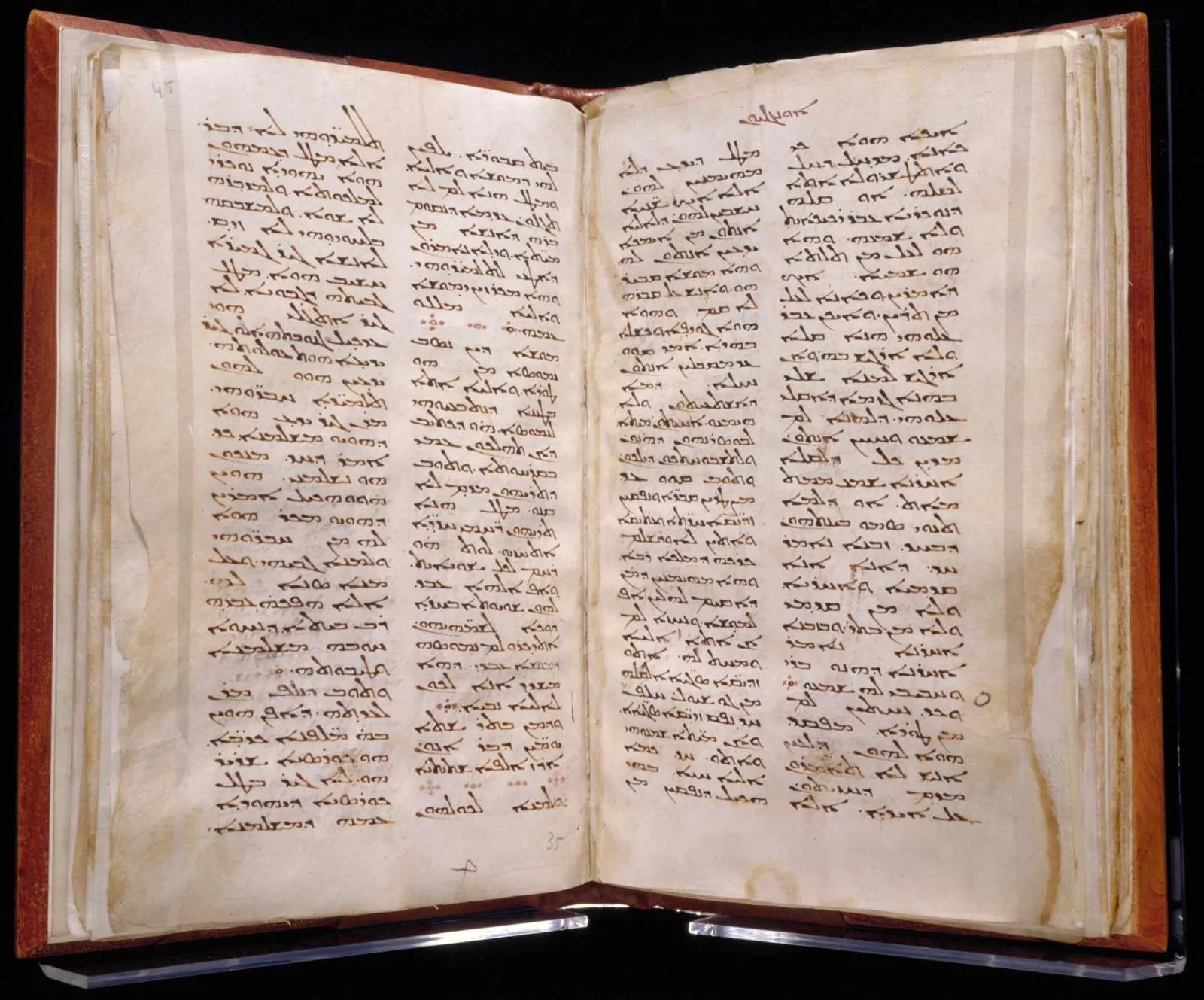The Christian missionary Sam Shamoun writes in his “rebuttal” to the article, “Is the Bible in Our Hands the Same as During the Time of Muhammad?” as follows :
It seems that Saifullah confuses two issues when addressing the claims of Jochen Katz that the Holy Bible of Muhammad’s day is the same as our present day Bible. Saifullah confuses the content of Scripture with the canon of Scripture. The point is not the canon per se, but whether the content of our present day Bible is the same as in the days of Muhammad.
Let us examine the claim made by the missionary. Before we proceed further it is important to make it clear the Muslim position on the Bible. There is ample proof to the believer that Islamic theology does indeed consider the Bible as corrupt and the Qur’an is the Guardian (muhaymin) over all other scriptures to filter out falsehood from the truth, regardless of how the missionaries misinterpret the Qur’an and ahadeeth.
The purpose of this rebuttal is only to prove that the content of the Diatessaron is not the same as the current content in the New Testament gospels.
A. Voobus, a Biblical scholar, informs us that thus :
Tatian did not only re-arrange the evangelical tradition into a harmony, but when composing the Diatessaron left his fingerprints on its pages.1
Let us take this opportunity analyze what these fingerprints were.
Divinity of Christ is a cornerstone of Christianity ; therefore it is safe to conclude that if the divinity of Christ is not mentioned in the Diatessaron, then a major part of Christianity is missing.
Let us see what scholars have to say about the Diatessaron :
Ishodad of Merv (bishop of Hedhatta ca AD 850) in his description of the Diatessaron said : “Tatianos…selected from the four gospels and combined and composed a Gospel and called it Diatessaron…and on the Divinity of Christ he did not write.“2
It is an indisputable fact that Tatian was considered a heretic due to his Encratite tendencies. Let us now analyse whether Tatian’s Diatessaron reflects his Christology.
Such touches have often been noted in the area of Tatian’s attitude towards marriage and in particular to the parents of Jesus3. So, for example, the following changes were made :
Matt 1:19 : “her husband Joseph, being a just man…”
Diatessaron : “Joseph, because he was a just man…“4Luke 2:33 : “his father and his mother”
Diatessaron : “Joseph and his mother“5Luke 2:41, 43 : “his parents”
Diatessaron : “his kinsfolk…Joseph and his mother.“6
By means of these changes Tatian obscures the relationship between Joseph and Mary.7
Another notable tendency found in the Arabic Diatessaron is the substitution of “Jesus” for Luke’s references to “the Lord” in the narrative settings :
Luke Arabic Diatessaron :8
7:13 : “when the Lord saw her…”
11.19 “Jesus saw…“97:19 : “sent them to the Lord…”
13.39 “he sent them to Jesus“1010:1a : “the Lord appointed seventy”
15.15 “Jesus appointed…“1110:41 : “the Lord answered her…”
13.34 “Jesus answered…“1211:39 : “the Lord said to him…”
20.14 “Jesus said…“1312:42 : “And the Lord said.…”
43.2 : “Jesus said…“1413:15:“Then the Lord answered…”
27.45 “Jesus answered…“1519:8 : “and said to the Lord…”
31.22 “…said to Jesus“1622:61 : “And the Lord turned…”
49.16 “Jesus turned…“17
Although this short exposition is not intended as an exhaustive rebuttal, it is sufficient to show that the missionaries are either pathological liars or extremely ignorant about the subject matter. The Diatessaron was in fact different at the time of the Prophet Muhammad(P). Therefore, it is also equally clear that if the Diatessaron did indeed differ in content and canon, his whole argument falls flat on its face.
And Allah knows best.
- A. Voobus, Early Versions of the New Testament (PETSE 6 ; Stockholm, 1954) 22[↩]
- J.R. Harris, Fragments of the Commentary of Ephrem Syrus upon the Diatessaron (London, 1895) 14[↩]
- cf. Metzger, Versions, 34f[↩]
- Ephraem (Hill, Dissertation, 7:8 ; Persian I.4 (Messina, 17).[↩]
- Arabic Dia. 2.41 ; Persian I.6 (Messina, 23); Dutch : “Joseph and Mary” (Liege, 29).[↩]
- Arabic Dia. 3.25, 27 ; Persian (I.13 ; Messina, 31) follows the Arabic exactly, the Dutch supplies “Joseph and Mary” for the first, and simply “they did not know of it” for the second (Liege, 35f).[↩]
- For biographical information see J.M. Fuller, Tatianus, DCB IV (1887) 783 – 804 ; E. Preuschen, Untersuchungen zum Diatessaron Tatians, S.H.A.W. (Ph‑h. Kl) IX:15 (1918) 8 – 30 ; Whittaker, Tatian, ix-xvii.[↩]
- None of the following are attested in Ephrem’s commentary. But all are supported by the Arabic and at least one of the other versions.[↩]
- Dutch : “Jesus” (Liege, 108); Persian : “Jesus” (I.69, Messina, 90f)[↩]
- Dutch : “Jesus” (Liege, 143); Persian : “Jesus” (I.70, Messina, 90f)[↩]
- Dutch : “Jesus” (Liege, 151); Persian : “Jesus” (III.7, Messina, 202f)[↩]
- Dutch : “Jesus” (Liege, 142); Persian : “Jesus” (III.26, Messina, 226f)[↩]
- Dutch : “Jesus” (Liege, 215); Persian : no intro (II.10, Messina, 112f)[↩]
- Dutch : not attested ; Persian : “Jesus” (I.63, Messina, 82f)[↩]
- Dutch : “Jesus” (Liege, 329); Persian : “Jesus” (II.22, Messina, 128f)[↩]
- Dutch : “Jesus” (Liege, 398); Persian : “Jesus” (III.32, Messina, 232f)[↩]
- Dutch : “Jesus” (Liege, 701); Persian : “Jesus” (IV.40, Messina, 342f)[↩]


Leave a Reply